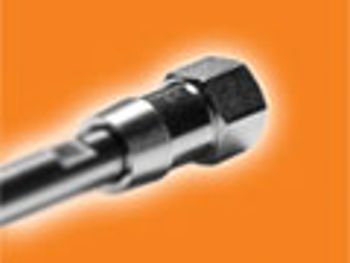
LCGC North America
LC–MS techniques, particularly those using high-resolution MS and nontargeted analysis, are advancing many areas of water research. Here, Imma Ferrer of the University of Colorado shares some of her recent work in this field.

LCGC North America
LC–MS techniques, particularly those using high-resolution MS and nontargeted analysis, are advancing many areas of water research. Here, Imma Ferrer of the University of Colorado shares some of her recent work in this field.

LCGC North America
Click the title above to open the LCGC North America April 2020 issue, Volume 38, Number 4, in an interactive PDF format.

LCGC North America
The hydrophobic subtraction model has been very successful. Nevertheless, the accompanying public database, which has parameters for 750 commercially available columns, is an underutilized column characterization tool. Here is some guidance on how to use both the model and the free database.

LCGC North America
We explore what’s new in the liquid chromatography columns and accessories commercially released over the past year.

LCGC North America
Our annual review of new high performance liquid chromatography and mass spectrometry instruments, chromatography data systems (CDS), and related products, including a summary of their significant features and user benefits.

LCGC North America
In-depth knowledge of GC setup is a significant advantage for the user. Here, a checklist is provided for preparation of a GC or GC–MS system prior to analysis work- referencing the actions, checks, tools, and consumable items that might be required.

LCGC North America
A key component for data integrity is having accurate and precise analytical procedures that are validated for intended use. Changes in the way that procedures are specified, developed, validated, and operated are coming. Here is what you need to know.

LCGC North America
When working with complex samples, we need effective approaches to deal with matrix interferences. Here, we outline methods of sample preparation, on-line sample treatment, and instrument tools that can help. We also provide examples of applications and guidance for how to evaluate the best option for your complex sample.